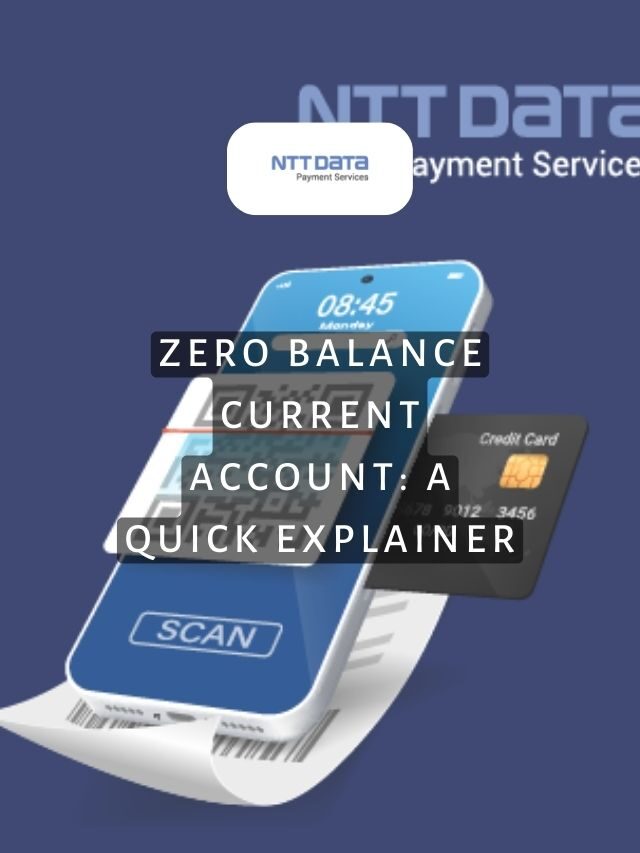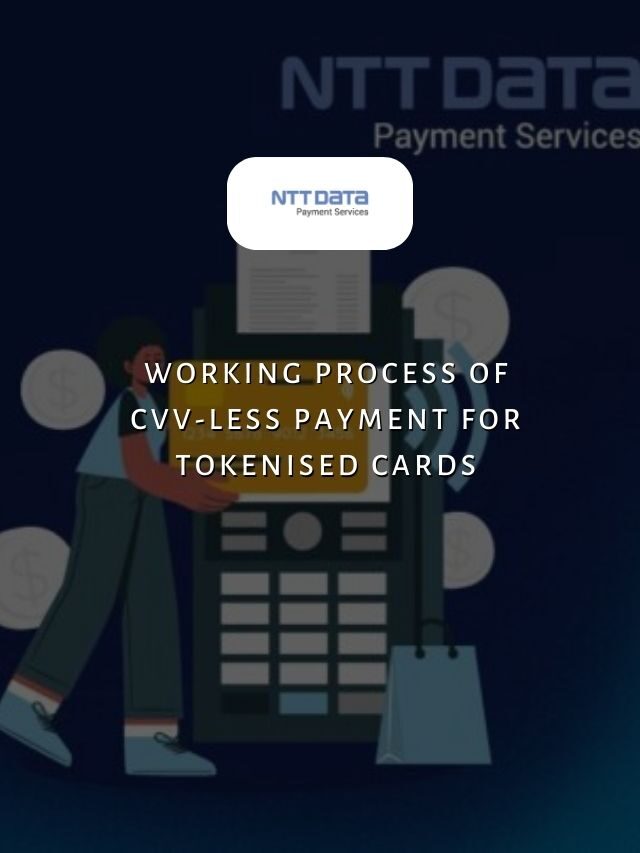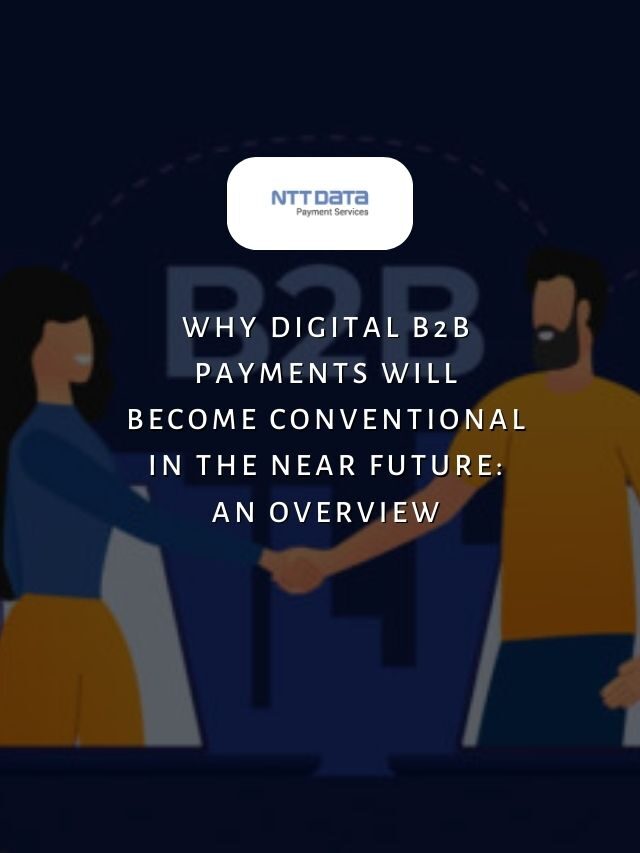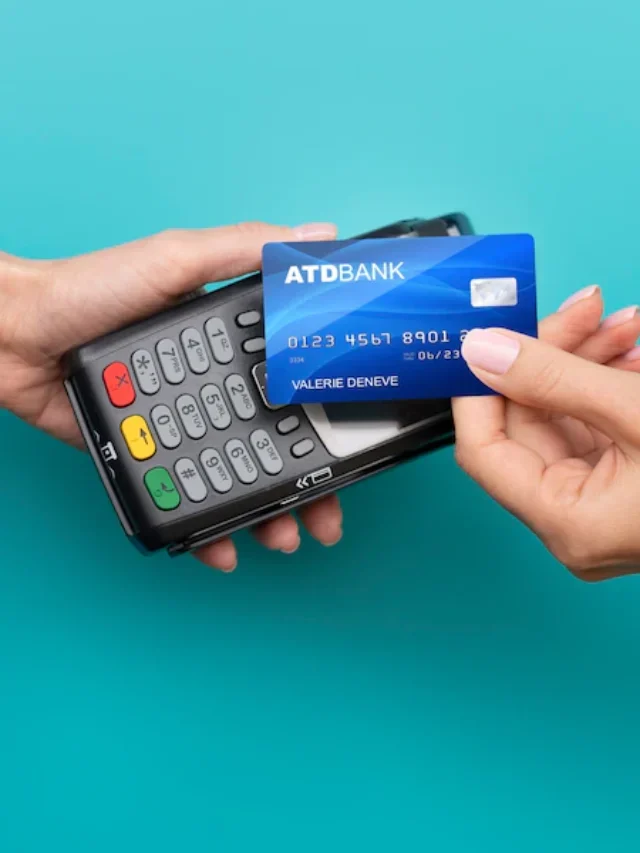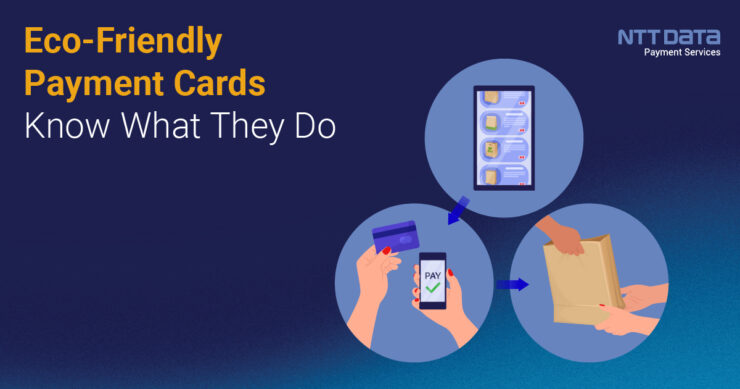
Table of Contents
- 1 Understanding Eco-Friendly Payment Cards
- 2 What is an Eco-Friendly Payment Card?
- 3 Manufacturing of Eco-Friendly Payment Cards
- 4 Types of Eco-Friendly Cards
- 5 Significance of Eco-Friendly Cards
- 6 Secure Your Online Transactions With NTT DATA Payment Services
- 7 Eco-Friendly Payment Cards for a Greener Tomorrow
- 8 Frequently Asked Questions (FAQs)
As consumers grow more environmentally conscious, choosing “green” payment cards (eco-friendly payment cards) allows them to align their spending with ethical values while supporting brands demonstrating leadership on climate issues. Bio-sourced materials or recycled plastic have been substantially adopted, with 30 million issued since 2019.
Let’s explore the future of these cards, highlighting the relevance of environmentally friendly practices in all facets, from card creation to their more environmentally conscious meaning.
Understanding Eco-Friendly Payment Cards
Payment cards have become an indispensable part of daily life for billions worldwide. However, the traditional plastic cards that dominate the market pose environmental challenges. An estimated 55 billion payment cards are circulated globally, with over 5 billion new cards issued annually.
Most are made from PVC plastic derived from fossil fuels that take hundreds of years to decompose in landfills. Recognizing the need for more sustainable options, financial institutions and card manufacturers have increasingly developed “eco-friendly” or “green” alternatives from more planet-friendly materials.
It also offers financial institutions a way to strengthen emotional connections with conscious customers and boost acquisition rates. With demand expected to rise further in coming years, eco-friendly cards represent an innovative step for the payments industry to embrace more sustainable solutions.
What is an Eco-Friendly Payment Card?
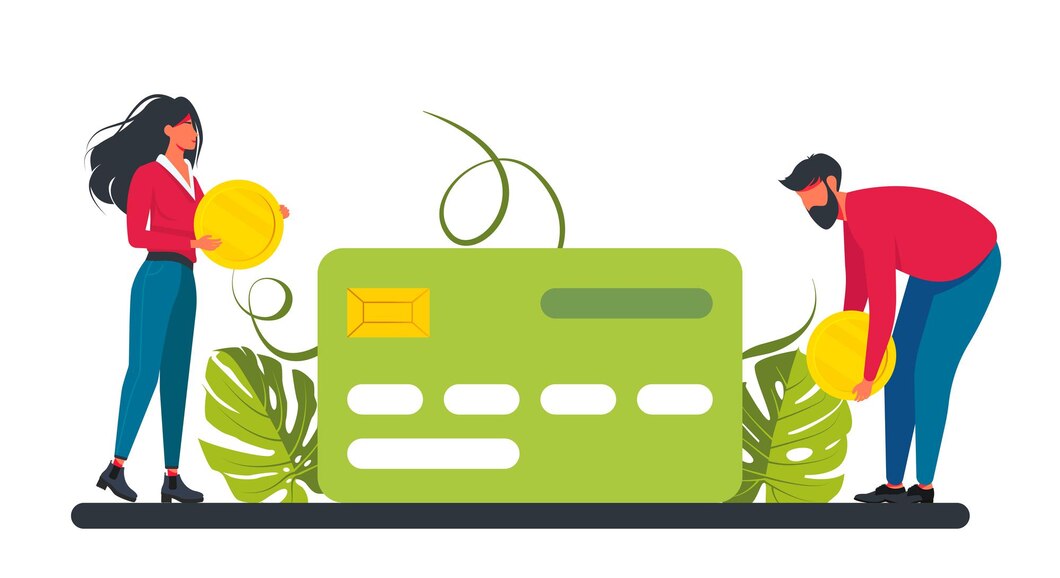 An eco-friendly payment card is a sustainable financial card designed with environmentally conscious materials and manufacturing processes. It minimizes environmental impact by incorporating biodegradable components, recycled materials, and energy-efficient production methods.
An eco-friendly payment card is a sustainable financial card designed with environmentally conscious materials and manufacturing processes. It minimizes environmental impact by incorporating biodegradable components, recycled materials, and energy-efficient production methods.
Manufacturing of Eco-Friendly Payment Cards
Eco-friendly credit cards are carefully manufactured to reduce their negative effects on the environment and encourage sustainability.
1. Material Selection:
The process starts with carefully selecting post-manufacturing materials from various sources. Through the reuse of resources, these materials that come from recycled plastics contribute to a circular, eco-friendly economy.
2. Recycled PVC Integration:
These recycled materials replace first-use plastic in banking cards. By integrating it, plastic waste is reduced, and the operation and durability of the card are guaranteed.
3. Sustainable Production Practices:
Beyond material selection, the production process incorporates sustainable practices. Energy recovery from plastic through incineration is employed. The card’s overall sustainability is enhanced by decreased energy consumption during manufacturing. The manufacturing process of eco-friendly payment cards is characterized by conscious material choices, sustainable production practices, and a dedication to reducing the environmental footprint of the financial sector.
Types of Eco-Friendly Cards
The three common types of eco-friendly cards are
1. Recycled PVC
Recycled PVC presents a feasible approach to mitigate the ecological impacts resulting from industrial plastic waste and garbage. We can reduce the amount of plastic waste that ends up in landfills and minimize the environmental hazards that come with it by using this material to make payment cards.
2. Bio-Sourced Plastic Substitute
Polylactic acid (PLA), a bio-sourced plastic replacement, is made from renewable resources like corn flour. Up to 80% of the PVC used in cards that are normally derived from petroleum might be substituted with PLA. PLA requires less energy compared to make than PVC. It also has a reduced carbon footprint and produces less greenhouse gas emissions.
3. Recovered Ocean-Bound Plastic
It is possible to retrieve plastic debris from terrestrial regions and convert it into high-density polyethylene that would otherwise end up in the ocean. The card is then built using this recycled material. This strategy especially appeals to cardholders who place a high value on protecting marine life.
Significance of Eco-Friendly Cards
- Use eco-friendly materials that have less impact on the environment to reduce the carbon footprint of the cards significantly.
- Studies indicate that consumers prefer businesses and institutions prioritizing sustainability.
- Financial Institutions can Align with global sustainability goals and regulatory compliance as governments and regulatory bodies encourage eco-friendly solutions.
- You can experience integrated cutting-edge features such as biodegradable components and contactless technology.
- Embracing eco-friendly payment cards is not just for sustainability but a strategic move towards a greener financial future.
- Organizations adopting these cards demonstrate social responsibility and position themselves as industry leaders.
Secure Your Online Transactions With NTT DATA Payment Services
NTT DATA Payment Services is not merely a participant but a pioneer, catalyzing change in the payment industry. Access PCI DSS 3.2.1V, a 256-bit encrypted payment gateway for your digital wallets.
NTT DATA Payment Services offers a complete payment solution to advance your offline and online businesses. From online payment gateways and POS machines to IVR payments, mobile applications, and Bharat QR Scan and Pay, we ensure maximum comfort, convenience, and safety for all your payments.
Eco-Friendly Payment Cards for a Greener Tomorrow
The significance of eco-friendly payment cards extends beyond reducing carbon footprints. They embody a collective commitment to environmental responsibility, resonating with an increasingly conscious consumer base. These cards are not just financial tools but symbols of a shared vision for a greener, more sustainable financial ecosystem.
Regarding being environmentally conscious, banking presents a convenient opportunity for positive change. With technological advancements, recycling and utilizing renewable energy are beneficial.
By reevaluating our choices, we can make a meaningful impact on the environment and strive for a better tomorrow.
| Also, you can get frequent updates on nttdatapayments Instagram page. |
Frequently Asked Questions (FAQs)
- Which payment method is considered environmentally friendly?
Eco-friendly payment methods focus on minimizing environmental impact. Eco-friendly payment cards crafted from sustainable materials reduce the carbon footprint associated with traditional payment methods.
- What is the eco-friendly material for credit cards?
Eco-friendly credit cards often use recycled plastics, biodegradable compounds, or sustainable alternatives such as bamboo or corn-based plastics. These materials help reduce the environmental impact associated with the production and disposal of traditional credit cards.
- What is an eco-friendly debit card?
An eco-friendly debit card is a payment card designed with sustainability in mind. It typically incorporates environmentally friendly materials and manufacturing processes, contributing to reduced ecological impact.
- What is the difference between an eco debit card and a regular debit card?
Eco debit cards are made from sustainable materials, often biodegradable or recycled, reducing their carbon footprint. In contrast, regular debit cards typically use traditional materials like PVC, contributing to environmental concerns during production and disposal.
- How do eco-friendly payment cards contribute to a sustainable financial ecosystem?
Eco-friendly payment cards contribute to sustainability by minimizing the use of non-biodegradable materials, reducing energy consumption in production, and promoting responsible waste management.

